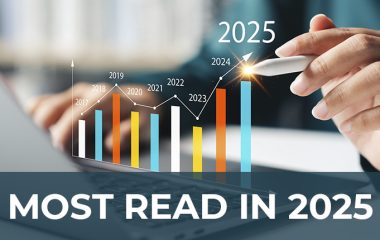
Photo: Pixabay/PublicDomainPictures
The Energy Community Secretariat has published a study on a carbon pricing design for the Contracting Parties, which recommends a gradual introduction of carbon pricing coupled with full market integration as the most cost-effective and sustainable option. The objective of the study was to propose a carbon pricing mechanism that would facilitate the decarbonization of the power and district heating sectors in the Contracting Parties, while avoiding or minimizing adverse social and economic impacts.
The Gradual Carbon Pricing and Market Integration Scenario envisages introducing carbon pricing in the Contracting Parties as early as possible in a coordinated way, and gradually decreasing the share of free carbon allowances over a transitional period, the secretariat said in a statement.
The transitional period would help coal intensive countries adapt more easily
During the transitional period, different auctioning rates and timeframes would be applied based on a Contracting Party’s exposure to carbon pricing in order to help coal intensive countries adapt more easily and protect consumers from high electricity and gas prices.
The recommended scenario would ensure a smooth transition and have a positive economic impact
According to the study, produced by Kantor Management Consultant SA and E3 Modelling, this option would ensure a relatively smooth transition, while carbon pricing would have a very positive overall impact on the economy and employment in the Contracting Parties.
The scenario envisages five stages for joining EU ETS
The recommended scenario envisages five stages for adopting the EU Emission Trading Scheme (ETS), which all candidate countries are expected to do at some point. The stages include internal carbon pricing and nationally traded allowances in the beginning, cross-border trading within the Energy Community and adhering to the EU ETS under the transitional regime, and, finally, becoming a full member of the EU ETS.
The study took into account the introduction of a carbon border adjustment mechanism (CBAM), which is being prepared by the European Commission, and which may affect electricity imports from the Contracting Parties, according to the statement.
In producing the study, Kantor and E3 Modelling explored different scenarios, including two that entail fragmented markets, instead of market integration, but found that these would expose consumers to abrupt price hikes. A baseline scenario, where no carbon pricing would be introduced, was deemed unsustainable.


















Be the first one to comment on this article.